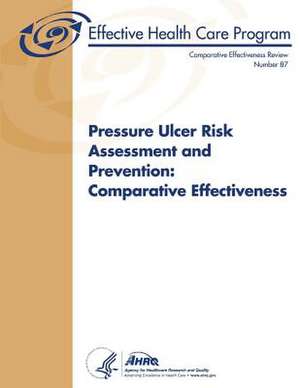Pressure Ulcer Risk Assessment and Prevention
Autor U. S. Department of Heal Human Services, Agency for Healthcare Resea And Qualityen Limba Engleză Paperback
Preț: 199.54 lei
Preț vechi: 210.04 lei
-5% Nou
Puncte Express: 299
Preț estimativ în valută:
38.19€ • 41.50$ • 32.10£
38.19€ • 41.50$ • 32.10£
Carte disponibilă
Livrare economică 31 martie-14 aprilie
Preluare comenzi: 021 569.72.76
Specificații
ISBN-13: 9781490574738
ISBN-10: 1490574735
Pagini: 362
Dimensiuni: 216 x 279 x 19 mm
Greutate: 0.84 kg
Editura: CREATESPACE
ISBN-10: 1490574735
Pagini: 362
Dimensiuni: 216 x 279 x 19 mm
Greutate: 0.84 kg
Editura: CREATESPACE
